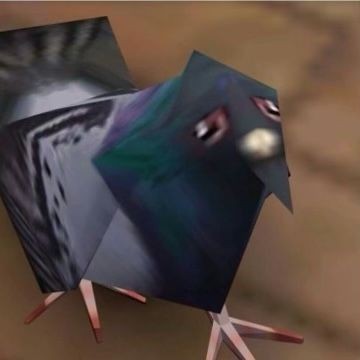Parallel circuits
Cards (15)
- What is the main advantage of parallel circuits over series circuits?
- How are components connected in parallel circuits?
- What happens if one component is removed from a parallel circuit?
- Why must components in cars and household electrics be connected in parallel?
- What is the potential difference across all components in a parallel circuit?
- What happens to identical bulbs connected in parallel?
- How is the total current in a parallel circuit determined?
- What occurs at junctions in a parallel circuit?
- What happens when two identical components are connected in parallel?
- How does adding a resistor in parallel affect total resistance?
- What is the relationship between the total resistance and the smallest resistor in parallel?
- Why does adding another loop in parallel increase total current?
- How does Ohm's Law relate to current and resistance in parallel circuits?
- What happens to the current and resistance when three resistors are connected in parallel with a cell?
- What is the formula that relates voltage, current, and resistance?
